AMAZON multi-meters discounts AMAZON oscilloscope discounts
After studying this Section, you will be able to:
- List the responsibilities of the engineer.
- State what a drafter does in electronics.
- Describe how form follows a part’s function.
- List the job levels in drafting.
In order to understand the drafter’s responsibilities, you must first study how an engineering organization is set up. FIG. 1 shows such an organization of a typical company. Everyone in the organization has responsibility for specific tasks. You must understand the responsibilities of other people in order to work well with them as a team member.
ENGINEER’S RESPONSIBILITIES
The engineer may work from an idea he/she originates. But in most cases, the engineer gets directions from engineering, service, manufacturing, marketing, and purchasing managers.
Marketing, for example, will submit requests for new products or the redesign of existing products. Service will inform engineering about maintenance problems. They will record all service failures and suggest servicing requirements. Manufacturing will request engineering support to minimize manufacturing costs. They may need assembly tools, or some parts redesigned to make them less costly. The Electronics Engineering department is asked to design products for a highly competitive market. Designing better products and making them less expensive to build is the responsibility of all departments.
Engineers must also work with the drafting department. They are responsible for providing the drafter with most of the information necessary to create a drawing. Engineers will submit sketches, layouts, and other written instructions. The amount of instructions given to a drafter will normally depend on their knowledge and background. Engineers will not give a drafter a task that cannot be completed.
DRAFTER’S RESPONSIBILITIES
Drafters are responsible for preparing drawings that are easy to read. The drawing should completely describe the engineer’s design requirements. It must also meet company and customer drawing requirements. Drawings will allow the reader only one interpretation. You cannot leave decisions to the reader.
========
PRESIDENT
MARKETING MANAGER
|
ENGINEERING MANAGER
|
MANUFACTURING MANAGER
|
PURCHASING MANAGER
|
SERVICE MANAGER
|
Provide marketing forecasts. Secure contracts for product development. Investigates competitor’s products. Advertises and sells product. Directs engineering in product design. |
Designs products. Researches new products. Supports marketing, manufacturing, purchasing, and service. Prepares drawings and maintains product and design history. Studies product reliability. |
Produces the product. Creates cost reduction for products. Inspects and tests products. Produces jigs and fixtures. Schedules production sequence. Consults engineering on manufacturing requirements. |
Purchases parts, equipment, and raw material. Schedules materials, parts, and equipment to enter the assembly at set time. Recommends materials and parts for engineering and manufacturing. |
Analyzes service problems. Recommends product redesign. Service products. Writes service and operations manuals. Consults engineering on service requirements. |
FIG. 1. A typical engineering organization would have the listed departments. Each department is responsible for the duties listed. Note: All departments work with each other to benefit the organization.
====
Examine FIGs. 2 through 5. They will show some engineering inputs and the drafter’s finished design work. In designing electronics equipment, an engineer and drafter are concerned with the:
1. Part functioning correctly.
2. Safety of the operator and equipment.
3. Equipment being a pleasing design to the customer.
4. Equipment’s environmental needs, which may mean a special electrical supply, cooling, or dust-free room.
These suggest some of the decisions a designer must make.
The drafter must consider the housing for a system. Electronics equipment will normally be housed in plastic or metal packages. On the out side of the package (enclosure) will be switches, knobs, lights, meters, and other components. On the inside, circuit boards, electrical and electronic components, wiring, and other devices must be appropriately positioned and secured. The shape of the package will be dictated by the design function or use.
Calculators are a good example of how form or shape follows function. FIG. 6 shows a small solar calculator. It is small enough to carry in your pocket and it performs all the basic math functions. Many people carry a calculator of this sort with them when they go shopping. FIG. 7 shows a larger and more powerful calculator. This is the calculator most often used by engineers and drafters. Note: the keyboard matches the size of the fingers.
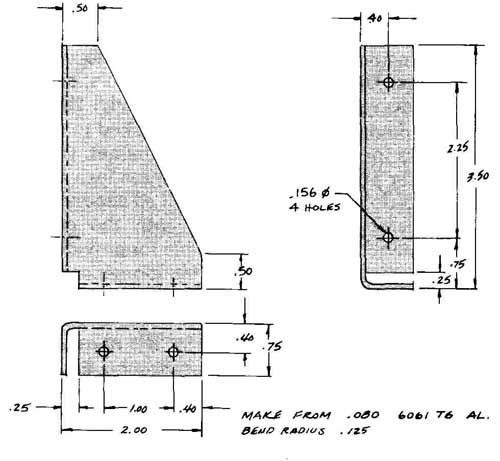
FIG. 2. The engineer’s input to the drafter.
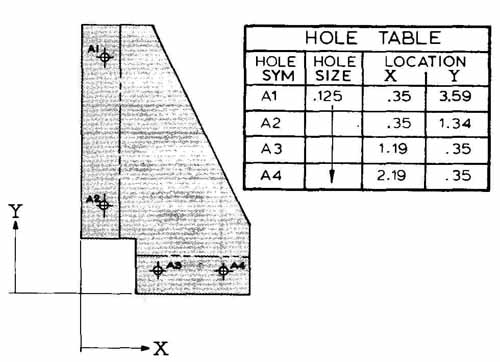
FIG. 3. The drafter’s finished drawing from FIG. 2. The drafter developed
a flat pattern with a whole table to control the engineer’s part. This
drawing will also meet the manufacturer’s document requirement.
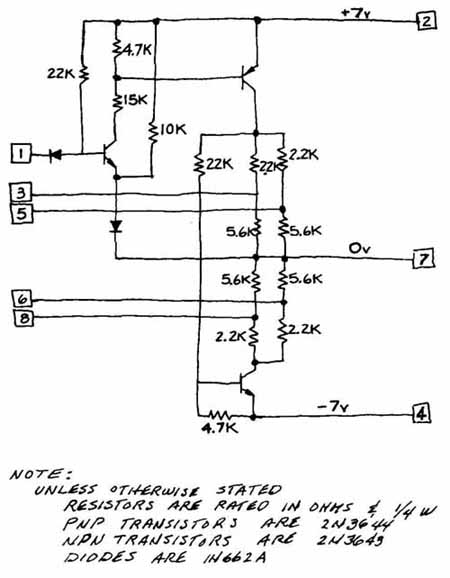
FIG. 4. This is an example of the engineer’s input to the drafter. From
this, a schematic drawing can be generated.

FIG. 5. This is the drafter’s formal drawing created from the engineer’s
input FIG. 4.
Note: The drafter is responsible for the correctness of the symbols and the overall presentation.
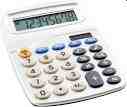
FIG. 6. A small calculator designed for solving simple arithmetic problems.
The desk calculator shown in FIG. 8 is used in business. It has the inconvenience of being harder to transport. All other features are developed for the user’s convenience. It has large keys, which are appropriately spaced for easy manipulation. It provides a large display area for easy reading of the input and output information. It has a printout so the entries can be checked and a record kept of the calculations. The unit will be heavy enough to sit firmly on a desk while being used.

FIG. 7. A calculator with a full array of functions is the type used
by most drafters and engineers.
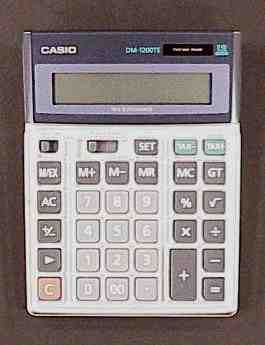
FIG. 8. A desk calculator used by accountants and other individuals
who enter many calculations each day.
An accountant or business person who uses a calculator many hours each day would not be without these features. The decision on what type calculator to manufacture is a marketing task. Marketing will take a survey of what the customers are buying or want and then will suggest to engineering what to design. Marketing predictions influence much of the designing decisions made by engineers and design drafters.
JOB LEVELS IN DRAFTING
Education is the first step in the career of a drafter. Electronic firms are able to use drafters from all levels of drafting programs. High schools, technical schools, community colleges, and four- year technical programs all train drafters for industry. An education period is required by many companies. They want an assurance that they are hiring a drafter with a solid background. This training background can be demonstrated by a wellcom piled portfolio of your work. The portfolio should include different types of drawings and technical reports you have done. It is meant to show your skills, demonstrate your knowledge, and give a future employer an idea of your educational background. The employer will establish the level of work you can do by studying your portfolio. In addition to your portfolio you should prepare a resume.
Drafters from beginners to veterans will use a resume in their job search. It will normally be required before an interview can be arranged. What should you put in a resume? It should describe work history, educational background, special interests, accomplishments, and personal data. Never tell the employer all about yourself in your resume. Touch on the highlights just enough to generate interest in you. This interest will get you an application form or personal interview. You will then use this application or interview to tell about yourself. A catchy resume has helped many drafters get a job. Remember to be brief, unique, and you may be the drafter getting an interview.
DETAIL DRAFTER
The detail drafter’s position is where most drafters begin. The position is sometimes referred to as detailer. The detailer will work under close supervision. This supervision will continue as long as the detailer is learning the fundamentals of drafting. While learning these fundamentals, detailers will be doing drawing revisions, detail drawings, parts lists, schematics wire lists, simple assemblies, and other knowledge-building tasks.
ASSEMBLY DRAFTER
The assembly drafter is responsible for the fit and form of each part of the equipment. They will draft the assembly drawing which shows how all the individual parts come together. When fitting these parts into the assembly, they will check for part interferences, mounting hole alignment and the compatibility of mating parts. The assembly drafter will work under the supervision of an engineer and designer. In this position, you will learn:
1. Additional drafting skills.
2. How to use manufacturer’s catalogs.
3. About machining and machine shop practices.
4. How to dimension and tolerance parts.
5. Additional engineering mathematics.
6. How to work with engineers.
7. How to work independently.
When an assembly drafter demonstrates an understanding of all these tasks, he/she will be ready to become a designer.
DESIGNER
The designer position is the highest level in drafting. Some companies have different levels of designers. In those companies a senior designer is the top position. Designers are required to know about shop practices, engineering mathematics, quality control of manufactured calculations, and other engineering functions as required by the different companies. Designers will work with and supervise other drafters. They work as members of the engineering design team. They consult with engineers and incorporate their ideas into the drawing.
CHECKER
All companies require that each drawing be checked when completed. Checking can be formal or informal. Informal checking may simply require that drafters review their own work. Other companies will have drafters check each other. But for mal checking will be done by an experienced drafter. Their checking will involve:
1. An inspection of linework and lettering quality.
2. A check to insure that the drawing meets all company drafting standards.
3. A study to see that all parts meet form, fit, and function requirements.
4. A check to determine manufacturing feasibility—can the part be economically manufactured?
Checkers are drafters with years of experience. They must understand engineering standards and manufacturing methods. They are normally equal to the designer in status. Checkers can suggest design changes when they see a change is required. If no changes are required and all company standards are met, the checker will sign his/her name in the drawing’s title block. The checker’s signature implies that the drawing is ready to be sent to production, inspection, and other drawing users.
Drafters are required to submit their drawings to the checker along with the following information:
1. All written information supplied by the engineer.
2. All preliminary layouts.
3. All mechanical calculations.
4. Reference prints.
5. Any other necessary data.
The checker cannot adequately check your drawing without all the facts.
ILLUSTRATOR
Most electronics drafters can do technical illustration drawings. FIG. 9 shows the information given to the drafter. FIG. 10 shows the finished drawing. These drawings are frequently used for assembly drawings and for customer service and operating manuals. Some companies have a “manuals” department where the drafters specialize as illustrators. They will draw isometric drawings, graphs, block diagrams, and charts. They create graphic presentation work such as advertising or patent drawings.
DRAFTING SUPERVISOR
Drafting departments are normally assigned a supervisor. This position requires an excellent knowledge of drafting and years of experience. The supervisor has the responsibility for scheduling drafting work, calculating personnel needs, maintaining and originating drafting standards, and creating or continuing a good working relationship between drafting and engineering. Supervisors must be able to evaluate and make regular performance reports on each drafter. They must also be good leaders so they can help motivate drafters to reach their highest potential.
TYPES OF COMPANIES
Electronic companies may be divided into different types. See FIG. 11. One group is the FUNCTIONALIZED or PROJECTIZED company. Another includes government contractors or nongovernment contractors. Knowing about the companies and the way they work is important. The type of work and work assignments can change the level of interest you have in your job.
FUNCTIONALIZED COMPANIES
A functionalized company will most often be a larger firm. These firms have enough specialized work to hire drafters to do specific tasks. An ex ample could be a drafter hired to draw only schematics. The work in other areas will be accomplished by other specialized drafters. Functional-oriented companies can normally use drafters with less training because it takes fewer hours to train a drafter to perform a single task.
PROJECTIZED COMPANIES
Most smaller companies assign their drafters to projects. A drafter working on a project will do most of the drawings required. Drafters will coordinate their drawing requirements with the project engineer, lead drafter, technicians, and others working on the same or similar projects.
Project companies prefer to hire drafters with a broad training background. This will enable the drafter to work on the many job tasks. Drafters with project experience find it easier to move from job to job. Their broadened background and work experience will help them secure employment. Refer again to FIG. 11, which suggests how the company can help a drafter, designer, or engineer grow in understanding and background.
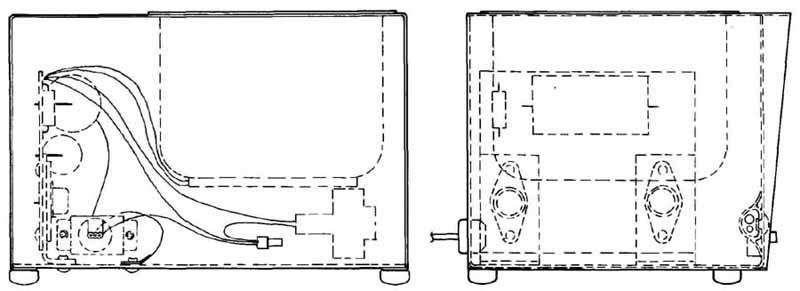
FIG. 9. A typical input to an illustrator. The illustrator will often
have to research the hardware in order to finish the drawing. See FIG.
10 for the illustrator’s drawing.
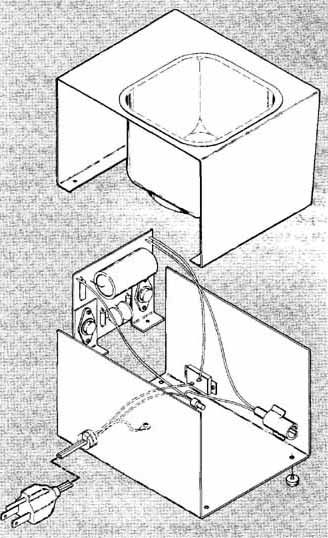
FIG. 10. The illustrator’s drawing of FIG. 9. Note: It was decided
by the illustrator to make an exploded isometric drawing. This is often
the type drawn.
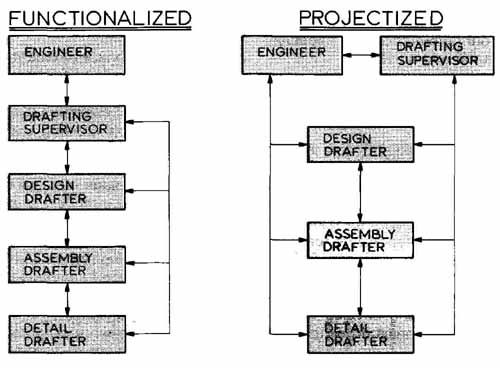
FIG. 11. The organization of a functionalized and or a projectized
company. Note:
In most functional organizations, the detail drafter will seldom communicate with the engineer; but in the projectized company, there is communication at all levels.
GOVERNMENT CONTRACTORS
Many companies design electronics equipment for the Defense Department or for the United States Government. Companies receiving government con tracts must adhere to strict drafting procedures and standards. FIG. 12 shows some of the standards which control the drawings.
The government has standards written to control most projects for which they grant contracts. These standards help the contractor design and document electronics equipment.
NON-GOVERNMENT CONTRACTORS
Companies who do not sell their drawings and equipment to the government usually are not so controlled in their documentation. They will, however, have company standards which are normally based on military standards. There are associations of government and nongovernment contractors which are constantly working on industry-wide standards. The purpose is to make interchangeable components and produce documentation familiar to all readers.
SKILLS REQUIRED
In most areas of industry there are requirements for training. Companies will have requirements for communication and technical skills.
COMMUNICATION SKILLS
The electronics drafter will exchange ideas with many people on the job. You will cooperate with manufacturing, service, marketing, engineering, and accounting personnel. You will not only communicate by drawings. Many times you will have to present information both written and verbal. Developing these skills in the classroom is important. It is important because they are the first skills you use when you enter a company. The interviewer will judge you by your communications capability as well as your resume and portfolio.

FIG. 12. A list of documents that specify drafting standards for projects
with the U.S. Government.
TECHNICAL SKILLS
Many students entering electronics drafting classes believe they must fully understand electronics theory in order to work as an electronics drafter. This is not a requirement. Some knowledge of simple principles is required, but a full understanding is not. The engineer is responsible for doing the mathematics and designing of the circuit. They have many hours of education and training to enable them to do their task. Drafters are only required to create the drafting support and develop enough knowledge to produce electronics drawings.
DRAFTING EVALUATIONS
Drafters are normally evaluated on six basic factors: quality and quantity of work, knowledge of drafting, dependability, cooperation, and initiative. Your drafting knowledge and quality of your work will help you get a job. To keep a job you must be dependable, cooperative, show some initiative, and put out quality work. Initiative is the key word for job success. If you show some initiative by continuing your education, working toward professionalism, and cooperating with others, you will be treated well in your career.
REVIEW QUESTIONS
1. The electronic equipment should be designed so that the form follows __________
2. How does marketing assist engineering?
3. What might engineers supply the drafter when they want a drawing created?
4. What is the normal starting position for a drafter?
5. List two things required by most companies when they interview a drafter.
6. What are four general things the checker looks for?
7. List the things an assembly drafter will learn.
8. Why are good communication skills required of the drafter?
9. List what the drafter should submit with the drawing when it is routed to the checker.
10. What six things are used to evaluate the drafter on the job?
STUDY ACTIVITY
1. Check the newspaper ot Internet for drafting jobs. Select those for which you expect to qualify and state job descriptions, pay levels, and companies products if available.
2. Interview an experienced electronics drafter. Prepare a report on their background, training and job activities.
3. Call a company and ask for an application form. Fill out the application and turn it into your instructor to be checked.

The modern electronics drafter uses computer aided drafting design (CADD) equipment. The digitizing pen reads and transmits an object’s location. (Bendix Corp.)
---- --